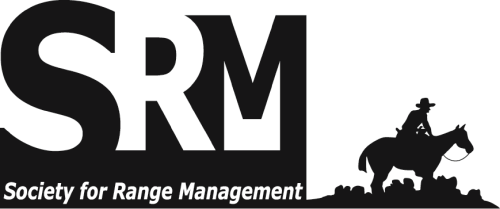The cultivar �Snowstorm� forage kochia was released by the USDA-ARS in 2012. It is a synthetic cultivar selected for stature, forage production, and adaptation to semiarid environments.� Similar to the earlier released (1984) �Immigrant� cultivar it can increase rangeland productivity magnitudes when used for rehabilitation. The taller statured �Snowstorm� has the advantage of providing critical protein for livestock and wildlife during winter months when the shorter �Immigrant� may be covered by snow. �Snowstorm� outperforms �Immigrant� in most comparisons from forage production, protein content and digestibility.� We conducted tests to observe the germination differences between the two cultivars for newly harvested, one year old and two year old seed with cold and non-cold storage.� The seed set time for forage kochia (Oct-Nov) makes using newly harvested seed difficult because of winter conditions soon after harvest time. Often one year old seed is the only option to use before winter conditions. One year old non-cold storage �Immigrant� kochia seed has shown low seed viability. Seeding often requires cold storage seed and increased costs.� Using 55 different constant and alternating temperatures representative of Great Basin seedbed temperatures, we tested germination of the two cultivars for fresh, one and two year old seed from cold or non-cold storage. Fresh seed had equal germination between cultivars (�Snowstorm� mean:30%, max:62%, �Immigrant mean:30%, max:60%). �After one year of cold storage (7C) �Snowstorm� kochia remained viable with 30% mean germination (max:53%), while �Immigrant� decreased to 4.5% mean (max:17%).� Seed stored under non-cold conditions (seed storage shed temperature mean:20C, �max:44C) showed a decrease in germination for both cultivars (�Snowstorm mean:17%, max:39% and �Immigrant� mean:2.6%, max:11%). Second year storage results will be reported after finalized germination tests.� This study supports observations of improvements for the cultivar �Snowstorm� and the need for increased seed supplies, rangeland rehabilitation, and research use.

Oral presentation and poster titles, abstracts, and authors from the Society for Range Management (SRM) Annual Meetings and Tradeshows, from 2013 forward.